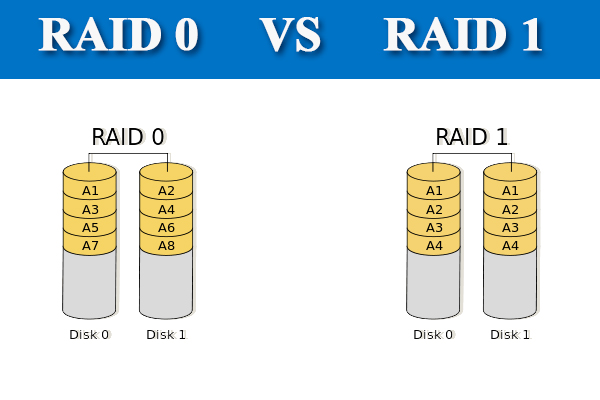Introduction
The purpose of this assignment is to differentiate between the types of definitions and appreciate the role of definitions in technical writing. Depending on the situation and audience, different levels of details are necessary to convey a definition’s meaning. We are tasked with writing three different definitions of the same term in varying details.
Reading Situation
A network engineer is explaining to the client the different types of RAID configurations available for the servers they want to purchase.
Parenthetical Definition
RAID (redundant array of inexpensive disks) is a type of data storage system that uses multiple disk drives into working as one or more logical unit.
Sentence Definition
RAID is a data storage visualization technology (graphical representation data) of that combines multiple disk drives in many different arrays to help improve data reliability, performance, or even both. There are five levels of RAID, with each level of RAID providing a different combination of reliability, capacity, performance, and availability.
Expanded Definition
What is the history?
The term “RAID” was first mentioned in 987 by three professors at the University of California, Berkeley. In June 1988 they released a paper “A Case for Redundant Arrays of Inexpensive Disks (RAID)” and presented it at a conference. They argued that consumer-grade disk drives that are setup in an array can beat the performance of the top performing enterprise mainframe disk drives. Over the years, new levels of RAID were created and patented by different companies, with RAID 5 being the most popular RAID configuration.
How does it work?
RAID works by combing multiple disk drives into one cohesive unit. Depending on the type of RAID you want, the arrays can use data striping and mirroring to improve reliability, capacity, performance, and availability. Data striping is a technique where the data is segmented into blocks and spread across the available disk drives. Data mirroring a technique where the data is replicated onto another available drive. In Figure 1, data stripping is shown in on the left under RAID 0 while data mirroring is shown on the right under RAID 1.
How is it used?
Depending on the use case, the level of RAID chosen would be different. If you are interested in speed, you would want to go with RAID 0, which only uses data striping and no data mirroring. RAID 0 is good if you are interested in just speed such as streaming movies or caching files, but all the data is lost if one drive fails. RAID 1 on the other hand uses only data mirroring and no data striping. If one drive fails you will have a complete copy on the other hard drive, but because you are mirroring the data you only have access to have the storage space of the total number of drives.
Is RAID the same as backup?
RAID should not be confused with backup, as backup only copies data to a separate location for safekeeping. RAID, on the other hand, stores the data across multiple disk drives for increased reliability. RAID should be seen as a tool for keeping data loss from happening in the first place rather than a substitute for daily backups.

FIGURE 1: Explanation of the two RAID configurations: RAID 0 and RAID 1
Source: MiniTool, https://www.partitionwizard.com/partitionmanager/raid-0-vs-raid-1.html
Conclusion
RAID is an indispensable part of any modern data storage solution. RAID provided a cheap but effective way of utilizing consumer hardware to perform and be more reliable than enterprise solutions. Depending on what you are looking for in a storage solution, there are many configurations of RAID that is available to you.
Works Cited:
“(Almost) Everything You Need to Know about Raid.” Steadfast, https://www.steadfast.net/blog/almost-everything-you-need-know-about-raid.
Gillis, Alexander S., et al. “What Is Raid?” Storage, TechTarget, 18 Aug. 2021, https://www.techtarget.com/searchstorage/definition/RAID.
Hayes, Frank. “The Story so Far.” Computerworld, Computerworld, 17 Nov. 2003, https://www.computerworld.com/article/2573180/the-story-so-far.html.
Ariel. “RAID 0 vs RAID 1: What’s the Difference and Which Is Better?” MiniTool, MiniTool, 30 Nov. 2020, https://www.partitionwizard.com/partitionmanager/raid-0-vs-raid-1.html.
Leave a Reply